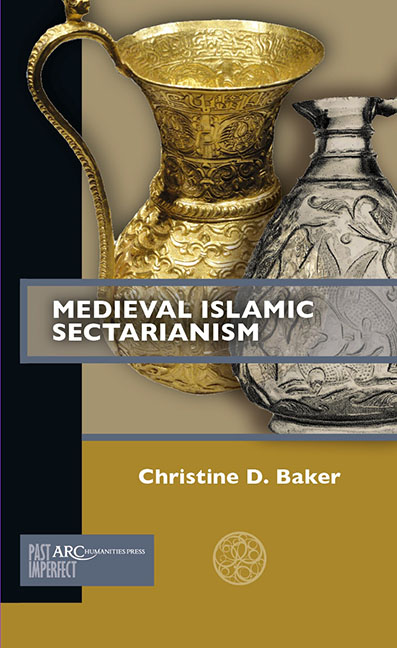Book contents
- Frontmatter
- Contents
- Acknowledgements and a Note on Transliteration
- Timeline
- Introduction
- Chapter 1 When did Sunnism Become Orthodox?
- Chapter 2 Non-Sunni Islams Before the Tenth Century
- Chapter 3 The Fatimids and Isma‘ili Shi‘ism in North Africa
- Chapter 4 The Buyids and Shiʿism in Baghdad
- Conclusion. Reactions to the Shiʿi Century
- Glossary of Key Terms
- Further Reading
Chapter 4 - The Buyids and Shiʿism in Baghdad
Published online by Cambridge University Press: 20 November 2020
- Frontmatter
- Contents
- Acknowledgements and a Note on Transliteration
- Timeline
- Introduction
- Chapter 1 When did Sunnism Become Orthodox?
- Chapter 2 Non-Sunni Islams Before the Tenth Century
- Chapter 3 The Fatimids and Isma‘ili Shi‘ism in North Africa
- Chapter 4 The Buyids and Shiʿism in Baghdad
- Conclusion. Reactions to the Shiʿi Century
- Glossary of Key Terms
- Further Reading
Summary
Like the Fatimids, the Buyids did not make Shiʿi claims to authority but modelled themselves on the expectations of a medieval Muslim audience. They rose to power within a generation of the Fatimids, taking control over ʿAbbasid Baghdad in 945. Like the Fatimids, the Buyids identified as Shiʿi. However, the Buyids did not come to power out of a Shiʿi revolutionary movement. The Buyids served as mercenaries for local Muslim dynasties in the mountains of northern Iran where many people had been converted to Islam by Zaydi missionaries. The Buyids tend to be best known in history for conquering the ʿAbbasid capital of Baghdad and holding the caliph hostage. Despite this fact, when we analyse Buyid rhetoric about their own legitimacy, they did not prioritize their Shiʿism. As non-Arab converts to Islam, they could not claim the caliphate nor the Imamate. Thus, they made diverse claims to legitimacy that do not fit neatly into conceptual categories that we typically use to define ethnic and religious identity in this era. Instead, we can see the Buyids as examples of the shifting nature of Muslim identity during this pivotal period in Islamic history when more of the peoples of the Middle East were converting to Islam.
The Buyids held power in Baghdad from 945–1055 and the most famous and powerful Buyid ruler, ʿAdud al-Dawla (d. 983), took over Baghdad in 979 and was proclaimed the Amir al-Umara, prince of princes, by the ʿAbbasid caliph. If we wanted a figure who embodied the tenth-century Islamic world—one which was only just becoming predominately Muslim and dealing with the influx of converts with a motley assortment of pre-Islamic identities—ʿAdud al-Dawla was it. He was a second-generation Muslim from a Persianate background. He was from a region of northern Iran called the Daylam. While part of Iran today, the Daylamites had a reputation as backward but skilled mercenaries; the proper Persians of the cities would not have considered the Daylamites to be Persian. While ʿAdud al-Dawla's father was a powerful but uneducated military leader who probably did not read or speak Arabic, ʿAdud al-Dawla was educated in both Persian and Arabic by the skilled advisors of his father and uncle.
At the height of Buyid power, they ruled large portions of what is now Iraq and western Iran.
- Type
- Chapter
- Information
- Medieval Islamic Sectarianism , pp. 59 - 76Publisher: Amsterdam University PressPrint publication year: 2019



